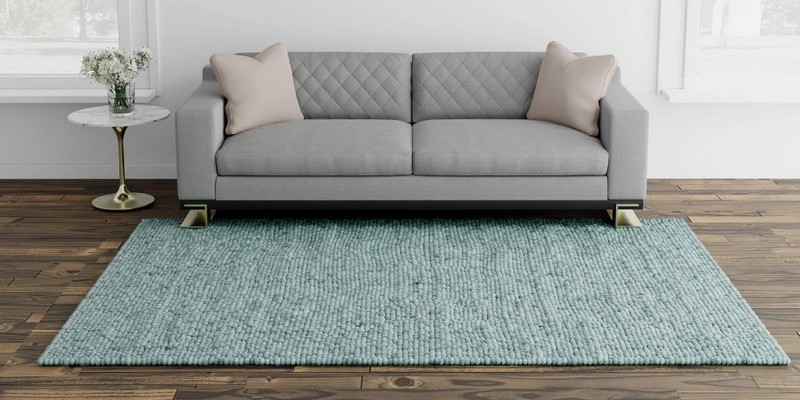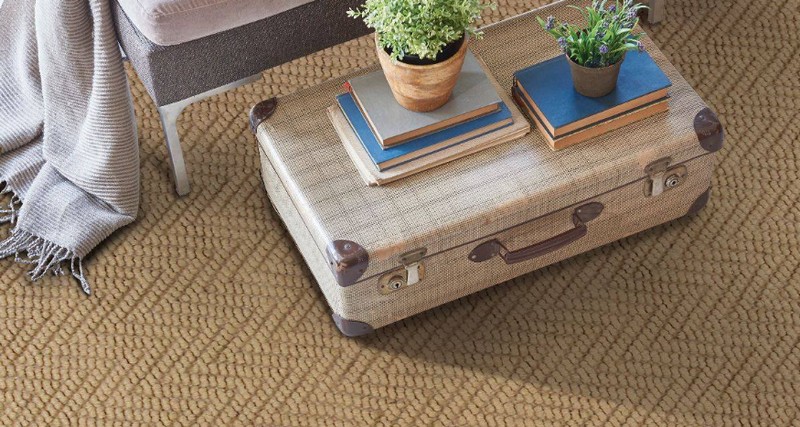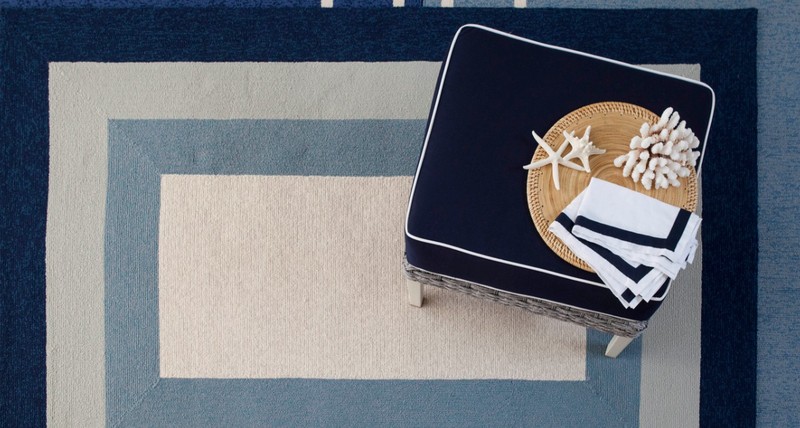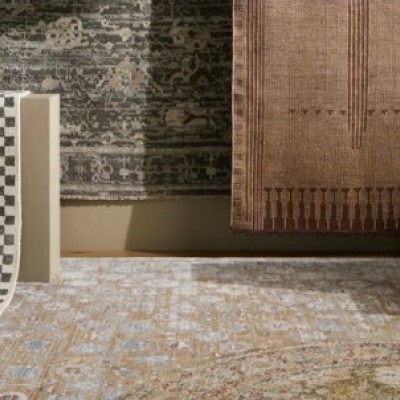
Sustainability is a topic that everyone, whether they are enterprises, local authorities, or consumers, is thinking about in light of the current global concerns relating to environmental degradation and climate change. It has become essential to make sustainable decisions. It's equally crucial to select environmentally friendly flooring. It's a good thing that the carpet industry has had considerable technological advancements because there are now a lot more excellent sustainable carpet options available. Let's look more closely at the choices you ought to consider.
What is better about eco-friendly carpets?
Environmentally friendly materials are frequently the choice of businesses that produce sustainable carpets. For carpeting with the same soft sensation as plastics, they can use wool, cotton, and other natural fibers. When you wish to replace them, these parts will decompose naturally. Additionally, several companies provide safe dyes or dye-free options.

Recycled fibers are frequently used in environmentally friendly carpeting with plastic. If a material won't decompose, it's better to make a new carpet. Others turn to supplies like plastic bottles, while other businesses reuse plastic from old carpets. Reusing these frequently single-use goods is a far more environmentally friendly choice. Additionally, these companies might adopt a zero-waste economy. This indicates that they make every effort to prolong, ideally permanently, a product's life.
Options for Sustainable Carpets
Wool:
As a green flooring choice, this kind of carpet is gaining popularity. The benefit is that it hasn't been subjected to dangerous chemical treatments like those employed in fire retardants, stain repellents, and mothproofing. Also, no synthetic colors are used in the processing. Additionally, no synthetic materials nor styrene butadiene glue are present in the carpet padding.
Anyone should choose wool carpeting, but those who have chemical sensitivity should especially consider it. Wool can absorb air pollutants, but it does not release them again. Wool carpets have a reputation for continuously removing contaminants from indoor air for up to 30 years.
Sisal:
Sisal is another natural fabric you should be aware of if you're considering carpet for your house. It is made from agave plants, which are also the same plants used to manufacture tequila. When left untreated, sisal strands have the same tan color as jute and are sturdy enough to be used in any room in your home. They are dyeable in many different colors and make wonderful area rugs. Don't forget that sisal may be blended with organic cotton fibers to create a broadloom that is even softer without sacrificing the sisal's wonderful, natural appearance.

Jute:
Jute is derived from a kind of long grass of the genus Corchorus, and it's possibly the most environmentally friendly material on this list. Jute plants can mature in a matter of months and are found all over India. They only require natural rainwater to develop. Jute production has no impact on the quality of soil or water because growers are not required to apply pesticides or fertilizer. The fibers are processed and utilized for a variety of purposes, including food, rope, bags, garments, furniture, and carpet.
So look no further than RugsTown for more information and the greatest eco-friendly carpet alternatives. They will effortlessly supply the top options on the market.





